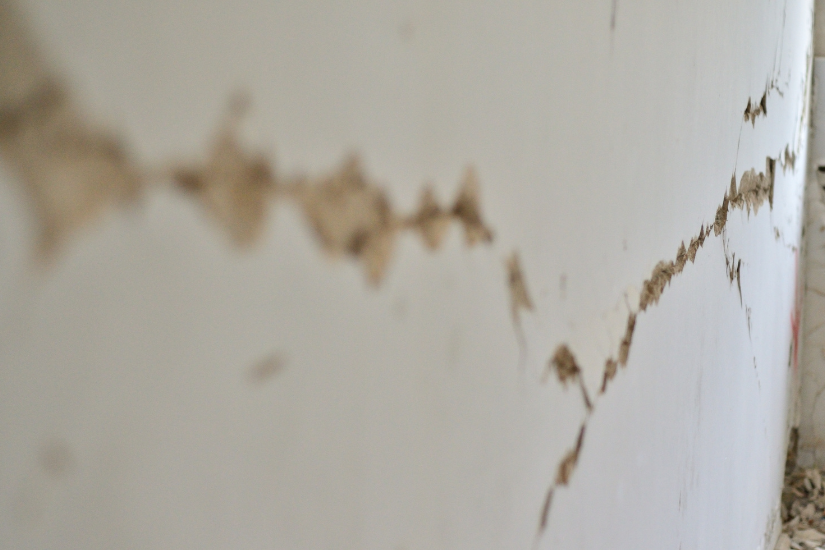Sansara Restoration Assists St. Louis Homeowners Following Water Damage
Tile flooring is frequently water-resistant, but water damage can cause hidden problems that jeopardize its integrity. Proper cleanup necessitates knowledge of how moisture interacts with grout, subflooring, and adhesives, as well as the appropriate equipment and drying processes.
How Tiles React to Water
The tile itself does not absorb water, but the surrounding elements do.
- Unsealed grout is porous, allowing moisture to seep in and create an environment for mold growth.
- If water enters beneath the tile, it might weaken the subfloor.
- Many tile adhesives are water-soluble, leading tiles to loosen with time.
Challenges Based on Tile Type
Ceramic and porcelain tiles are water-resistant, but grout and subflooring remain vulnerable to moisture.
- Natural stone tiles, made from marble, travertine, and slate, are more porous and require special care to avoid staining and degradation.
- Vinyl and linoleum tiles can trap water beneath them, leading to adhesive failure and warping.
- Terra cotta, if unsealed, quickly absorbs water and is highly susceptible to damage.
Essential Equipment for Water Cleanup
Specialized tools are required to clear water off tiles effectively. Moisture meters and infrared cameras can detect hidden moisture beneath the surface. High-velocity air movers accelerate surface drying, while low-grain refrigerant (LGR) dehumidifiers remove surplus moisture to prevent additional damage. When microbiological contamination is an issue, air scrubbers improve air quality by filtering airborne contaminants.
Step-by-Step Drying Process
The drying process begins by extracting standing water with industrial-grade equipment. Once the surface water has been removed, air movers are strategically placed to expedite evaporation. Dehumidifiers control humidity levels across the affected area. If moisture has penetrated beneath the tiles, cavity drying systems or weighted extraction tools may be required to remove the trapped water from the subfloor.
Hidden Risks of Improper Drying
Failure to remove all moisture can cause significant difficulties. Damp grout and subflooring provide an ideal setting for mold and bacteria growth. Over time, dampness can degrade adhesives, causing tiles to lift or break. Efflorescence, a white powdery residue, may occur on grout as minerals are drawn to the surface by evaporating water.Sansara Restoration is ready to help at (636) 812-3838 for expert water cleanup assistance in the St. Louis area. Fast action addressing water damage can prevent more extensive problems in the future.


